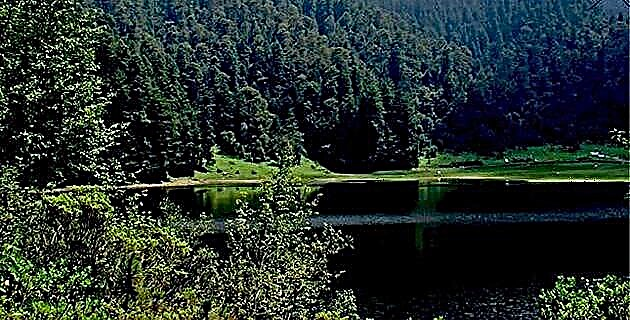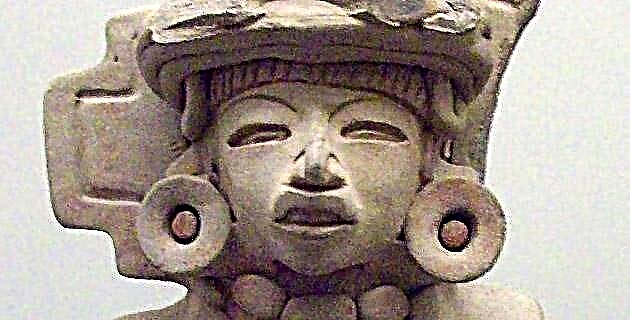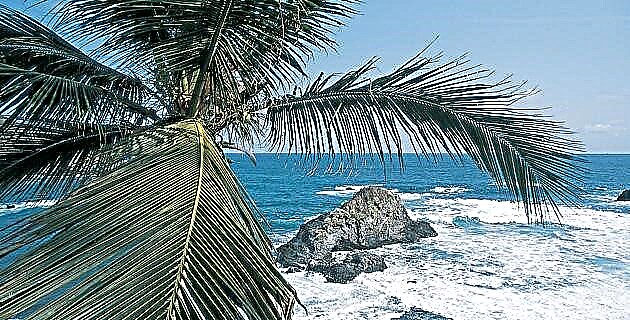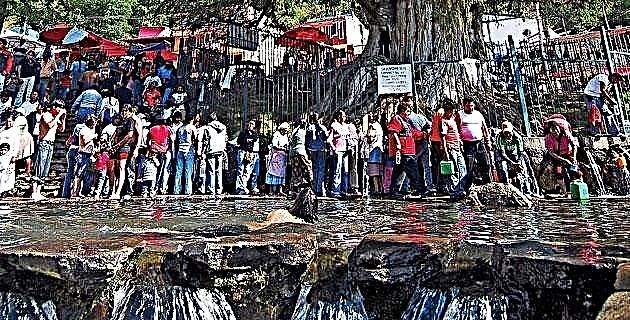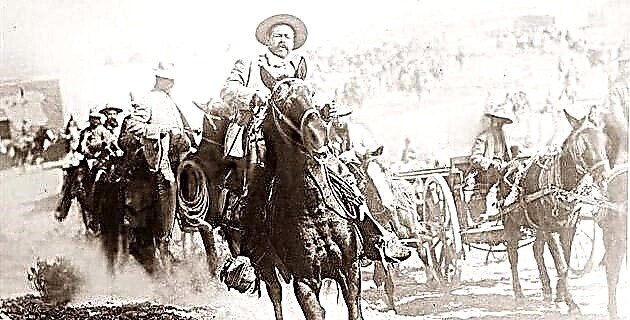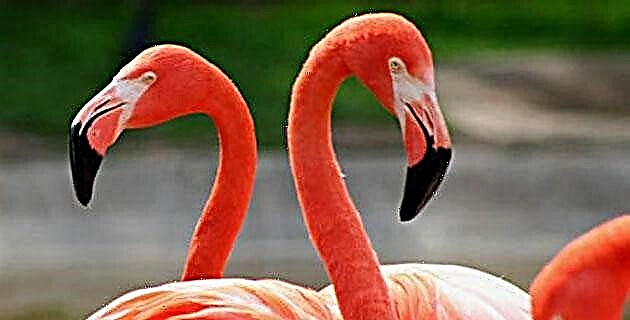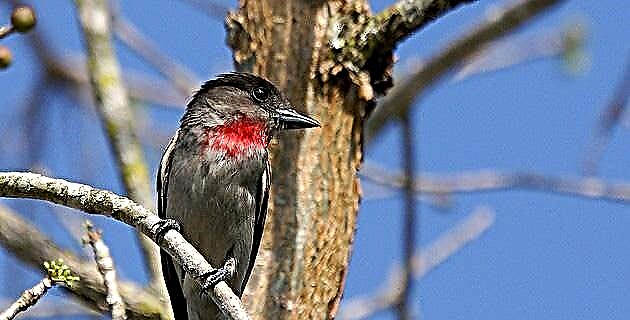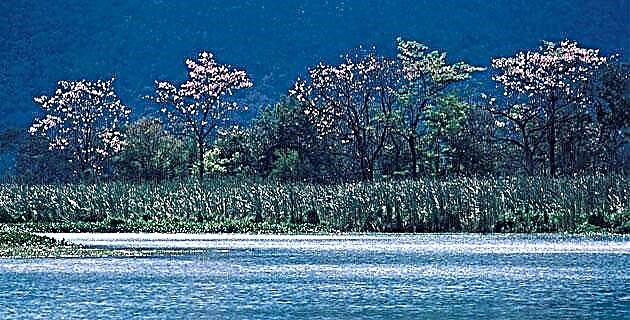
Its proximity to the sea, its mountainous relief and the coincidence of different climates, make this natural reserve a unique and very attractive space for those seeking new tourism experiences. Discover it with us!
El Cielo is the most important protected area in northeastern Mexico in terms of biodiversity. Biosphere Reserve since 1985, it is managed by the Tamaulipas government. It has an area of 144,530 hectares and covers part of the municipalities of Gómez Farías, Jaumave, Llera and Ocampo.
A taste of heaven
The tour can start at the foot of the Sierra, in the municipality Gomez Farias, where La Florida is located. In this place of crystalline springs it is possible to find many of the 650 species of butterflies that exist in the Mexican northeast. The middle jungle of this area is home to these colorful-winged insects that hover alongside bodies of water.
It is possible to hire the service of 4 × 4 trucks, since the roads in the Reserve are difficult for other types of vehicles. Entering about 10 kilometers, climbing a path lined by trees up to 30 meters high, you reach Alta Cima.
This small town has an organized community prepared to receive small groups of visitors. There are lodging facilities in a small and rustic hotel and a restaurant managed by a women's cooperative, where delicious dishes are prepared with products from the region. This community, like all in the Reserve, uses solar energy on a daily basis and is aware of the natural environment and the need to conserve it. Many of the villagers offer their services as guides.
In Alta Cima there are two trails that show the biodiversity, the beautiful landscapes and its aquatic past, since fossils are everywhere. Like all of the Mexican northeast, it was under the sea on two occasions, about 540 million years ago the first time; and 135, the second. The evidence of the aquatic past of the territory that El Cielo occupies today are the abundant fossils of some of the organisms that inhabited those seas of distant times.
Due to its marine origin, its soil is karst or limestone, so it is porous and almost all the water discharged by the clouds that come from the Gulf of Mexico seeps into the subsoil. The slight natural acidity of the water helps to dissolve the limestone, then it penetrates into the deep soil by filtration. Through underground channels, the liquid travels from the top of the mountains and emerges in the form of springs at the foot of the Sierra and feeds the Guayalejo-Tamesí Basin, to the Tampico-Madero region.
UFO Valley
A few kilometers from Alta Cima, is Rancho Viejo, also known as “Valle del Ovni”. The locals say that years ago an unidentified flying object landed and hence its name. In this quiet place there are also rustic cabins with all services available. During the journey there are two obligatory stops, one at Cerro de la Campana and the other at Roca del Elefante.
At this point in the route, the tropical forest has already given way to the foggy one. Burseras, ficus and their lianas are replaced by sweetgum, oaks, capulines and apple trees.
El Cielo was a logging area until 1985, when the Tamaulipas state government declared it a Biosphere Reserve, and in the next town on the route was the sawmill where the wood was processed. That town is San José, located in a small valley surrounded by oaks bathed in hay and sweetgum, characteristic trees of the cloud forest.
In the center of the hamlet, a magnolia, an endemic species of the region, grows magnificently. The inhabitants of this community also offer accommodation facilities for walkers. The road continues and further on are the towns of La Gloria, Joya de Manantiales –where the vegetation is dominated by oaks and pines–, forests that have been recovering from the strong pressure to which they were subjected decades ago.
Mystical and religious yesterdays
The basement of El Cielo is full of passageways and caves that in the past served the ancient inhabitants of the area as shelters, burial sites and rock art sites, places to perform initiation rites and magical-religious ceremonies. They were also places of water supply, through the sinkholes, and sources of clay and calcite for the manufacture of pottery.
As you can see, this Tamaulipas region is not exclusive for scientists, since all lovers of nature and adventure sports are welcome at any time of the year. Suitable for those who like to practice ecotourism and camping, with basic services.
Her future
Visiting El Cielo is visualizing the future, a future in which communities will tend to be more self-sufficient, more equitable and more participatory, living together and taking advantage of natural environmental services. In 2007, a project called: El Cielo Emblematic Park was launched, promoted by the Tamaulipas government, with which it tries to integrate the communities to work from alternative sources of work and in line with the idea of conservation of the area .
The basis is responsible tourism, with which activities such as bird and butterfly watching, walking or kayaking tours, rappelling, zip-lining, mountain biking, horseback riding and scientific tourism are promoted.
The project also includes the reactivation of trails where visitors can observe representative flora and fauna. There will be signage, viewpoints, butterfly and orchid gardens, as well as an Ecological Interpretive Center (cie) that is already being built near the main access to the Reserve.
It will also have a library, bookstore, cafeteria, auditorium and a community help center. In the exhibition area, the history of the region, its biodiversity and its functioning will be presented, based on a bold museography.
Of everything!
The Area has 21 species of amphibians, 60 of reptiles, 40 of bats, 255 of resident birds and 175 of migratory birds, forming part of tropical subdeciduous, foggy, oak-pine and xerophilous scrub forests. In addition, a long list of endangered or rare species has been reported, and it is home to the six felines registered for Mexico: ocelot, puma, tigrillo, jaguar, jaguarundi and wildcat. The trees of the cloud forest are substrates of a great variety of orchids, bromeliads, fungi and ferns.

